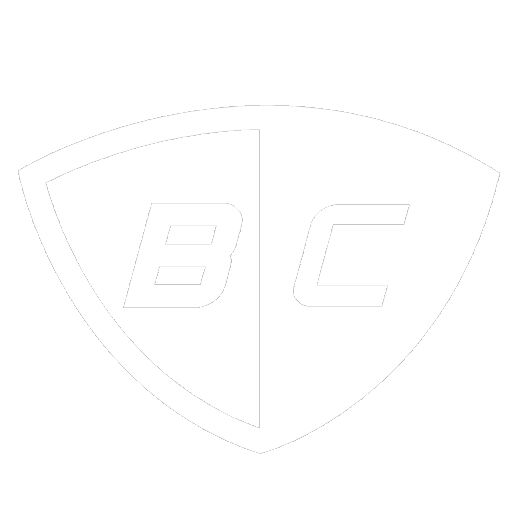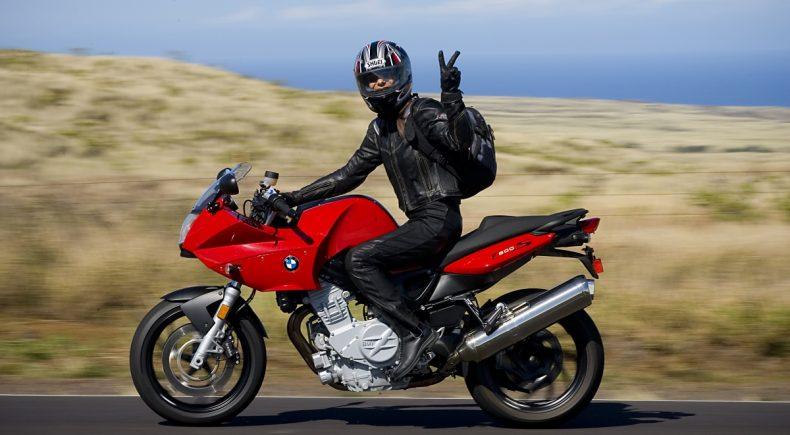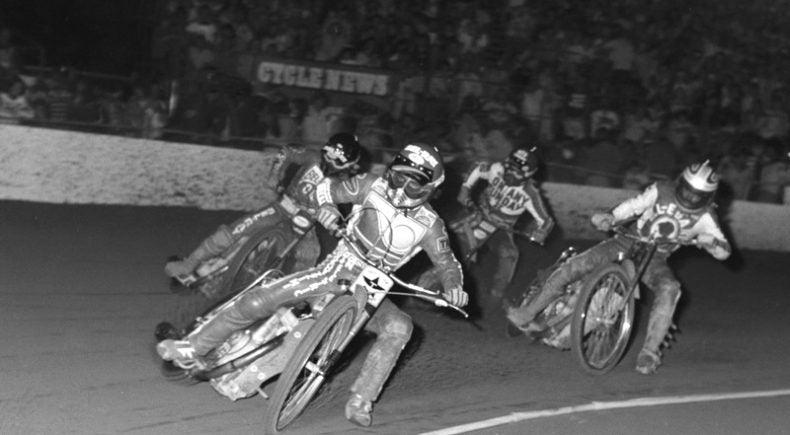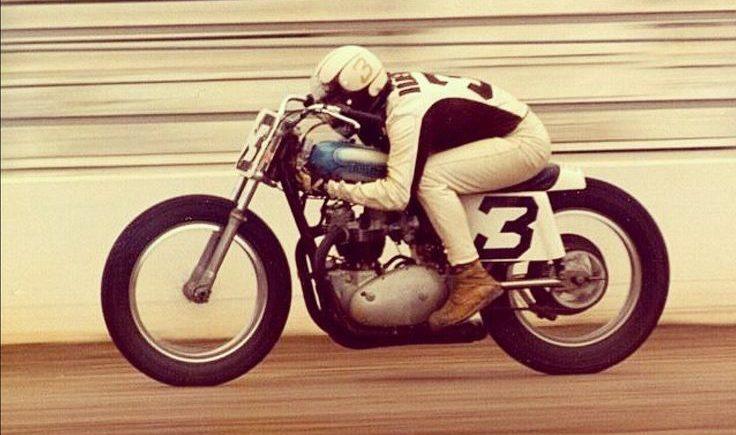
Genevieve Schmitt is the founder of Women Riders Now, a leading digital motorcycle magazine by women motorcyclists for women motorcyclists. In the interview, she discusses the story of how she was inspired by other female riders to start riding, the growth and future of motorcycle clubs and the overall community, and why it’s important to be able to work on your own bike.
British Customs: When did you start riding?
Genevieve Schmitt: I started riding in 1990. I was working as a producer for Good Morning America, and I was assigned a story on women riding motorcycles. Up until that point, I had nothing to do with bikes: no family, men, or anything. It was a completely foreign concept. But I gathered up 15 women for the shoot and interviewed each of them. After speaking with them and seeing them though, I was hooked. I was inspired by the energy and independence that exuded from these women, and I said, “I want a piece of that.” I was the type of person who plugged my ears when a Harley went by, so it was a pleasant surprise that I was excited to meet these women who rode.
I was inspired by the energy and independence that exuded from these women, and I said, “I want a piece of that.”
BC: What prompted you to create Women Riders Now?
GS: For my whole career I’ve been a journalist. I started in broadcast journalism, then worked in network television for many years. But by 1997 I was done with the whole news and entertainment news scene, and I started transitioning into motorcycling journalism full time. In 2004 I was laid off from a publishing company that published a magazine I founded with them called Woman Rider Magazine. And while getting laid off sounds pretty depressing, I turned it around and said now is the time to start my own business. I always wanted to do my own thing, so I took the opportunity with the severance money and put it into the first version of WomenRidersNow.com. Woman Rider Magazine ran for four years and both the women’s riding community and magazine readership was gaining momentum. When the print magazine was shuttered, I saw an opportunity to continue that momentum in the digital world with an online magazine since the Internet was just starting to get “hot.”
BC: What are your thoughts on the sudden growth of female motorcycle clubs?
GS: It’s fascinating. In my lifetime of riding for 25 years, it’s a testament to everything that I’ve been saying for the last 15 years which is that women ride for the same reasons as men, but we come to motorcycles through a whole different set of circumstances. Women are all about shared experiences and ideas: women relate through affinity, to like-mindedness of other individuals. It’s natural then that women would gravitate towards one another through the gender differential to enjoy their shared experience with other like-minded women. All this growth is a testament and proof of that. Social media has made it much easier for women to connect. There are longtime women’s clubs like the 70-year-old Motor Maids that connected through old fashioned mediums like “snail mail” and the “landline.” Now social media is fueling new growth in women’s motorcycling clubs giving riders the opportunity to share experiences.

Schmitt test riding the BMW F800 in Hawaii.
BC: You’ve said that you think women motorcyclists are growing at such a rapid rate because of what you call the “copycat effect.” Can you elaborate on what you mean by that?
GS: A woman sees another women riding and says, “If she can do it, so can I.” The more women that are out there riding, the more other women see it. Which leads to more women being inspired to ride. That’s one of the contributing factors that have helped women riders grow over the last ten years.
BC: What are some of the other factors?
The only direction the female motorcycle community is headed is up.
GS: In 1996, Yamaha created the V Star platform, and Honda started expanding its Shadow line. That gave motorcyclists a whole new list of bikes that were more accessible to them. They were lower to the ground, and they started to compete with Harley-Davidson. There were various barriers to entry for Harley, including pricing and having ideal beginner bikes, and Yamaha and Honda released cruisers with lower centers of gravity that made them easier to handle, and they were at a lower price point as well. The third factor is the explosion of the aftermarket industry in the late 90s and early 2000s. The aftermarket industry released components that made it easier for riders to customize their bike’s ergonomics. Women could modify their bikes so that they were lower, had more comfortable seats, the handlebars were closer, the levers were better for their hands, and so on.
BC: Where do you think the female motorcycle community is headed, and where would you like to see it go?
GS: The only direction the female motorcycle community is headed is up. It’s only going to continue to grow; there will only be more women that want to partake in the motorcycle lifestyle. The growth in the motorcycle lifestyle is concurrent with the motorcycle population in general. It’s growing at a pace that is on par relevant to the growth of the general motorcycle community population.
I want to see motorcycling become more of a family sport. Women are the gatekeepers in families in terms of their activities. And they certainly control household spending power. The woman then has the say whether the kids can get into dirt bikes, and then in the future if they’ll get into street bikes. The mother usually has a say in that.

Hard at work: test riding a BMW F 800 R in Italy, while also testing Dainese Gore-Tex riding pants and jacket, Dainese Ixia boots, the Arai CT-Z helmet, and shooting video from the Sena Bluetooth 20s system attached to her helmet, which she also had to review.
BC: What do you think is the importance of working on your own bike?
GS: It’s very important for all riders to understand the basic workings of the motorcycle. You don’t have to necessarily work on your motorcycle, but you should at least have the tools so that if you break down, you or someone else can help you get back on the road. Riders need to have a basic understanding of how their motorcycle moves.
BC: It seems like one of the major goals behind WRN is supporting the motorcycle community. What do you think is the importance of giving back to the community?
GS: Giving back to the readers is what we’re all about. If we didn’t have the readers, we wouldn’t have the website. And so one of the ways that the site has evolved is the content is more reader-centric allowing visitors to our site to share their experiences, stories, photos, and reviews. We try to mimic social media, based on the fact that women like to bond with other women. We open up a way for them to share everything, and to focus more on readers’ stories and experiences to help them connect.




Leave a comment
All comments are moderated before being published.
This site is protected by hCaptcha and the hCaptcha Privacy Policy and Terms of Service apply.